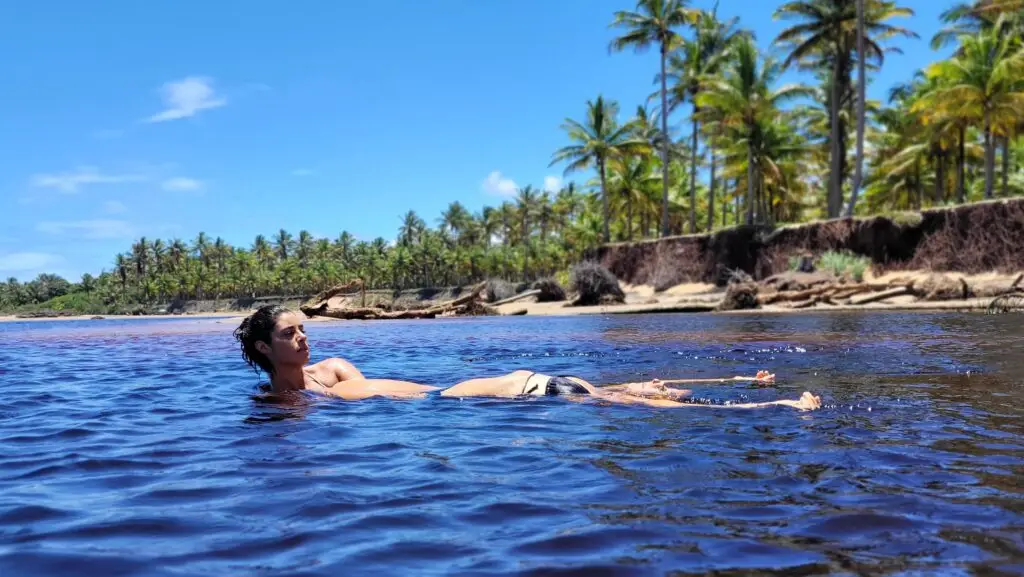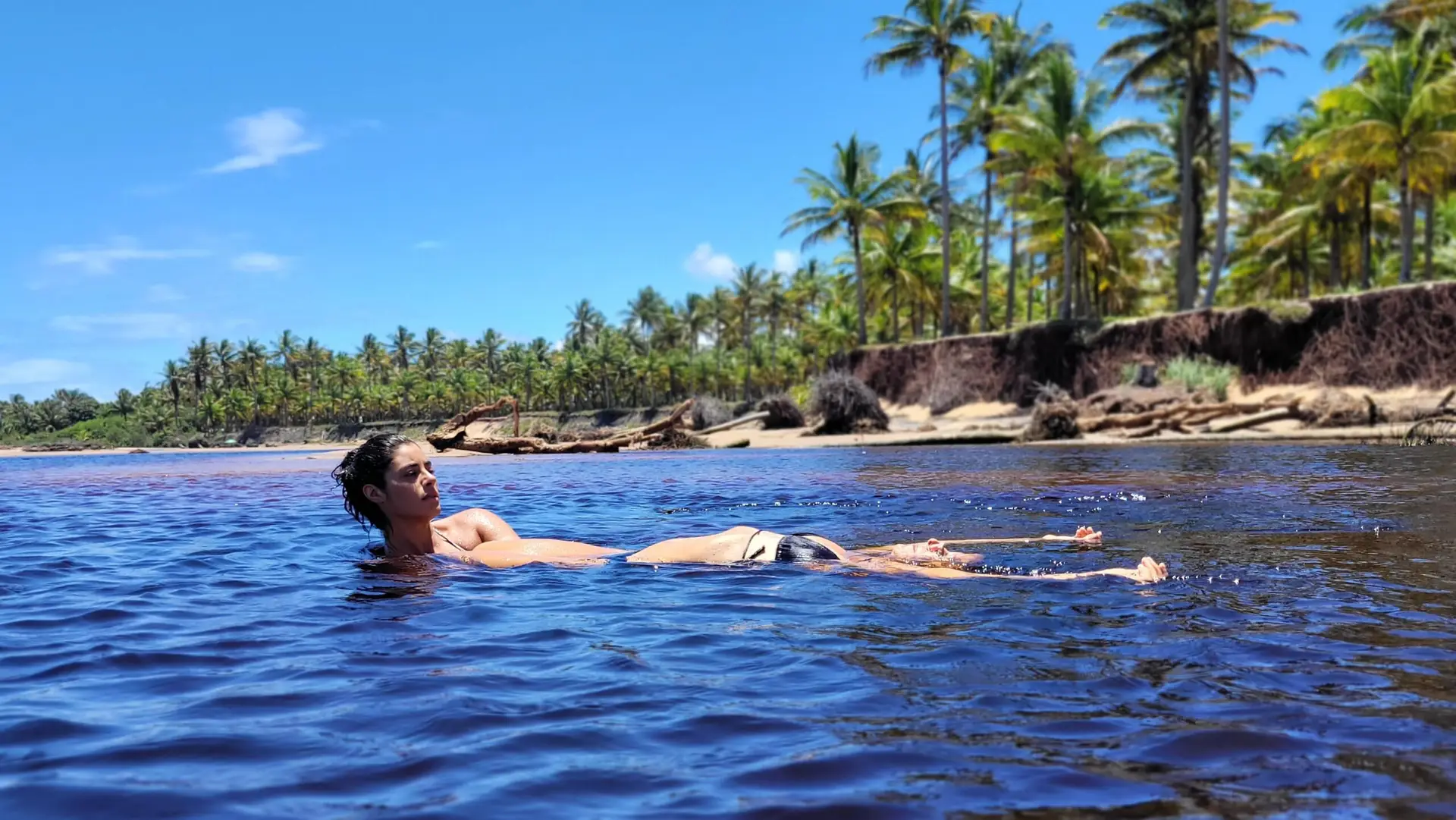Why talk about environmental regeneration now?
Sustainability is everywhere. It’s stamped on products, used in political speeches, and turned into a buzzword that often means little in practice. Meanwhile, the planet is sending loud signals: forests burn, glaciers melt, and people keep running faster to sustain a lifestyle that doesn’t really sustain anyone.
This is where a fresh, and at the same time ancient, idea comes in: environmental regeneration. Researchers worldwide are discussing it as a new paradigm, a way to go beyond simply “maintaining resources” and start creating conditions for life to flourish again.
And if there’s one place where regeneration is not just theory but real practice, it’s Brazil. With its biodiversity, ancestral wisdom and communities experimenting with new ways of living, the country has become a living laboratory for the future. If you want to experience this in practice, a spiritual retreat in Brazil at Unah offers a unique way to immerse yourself in this regenerative paradigm.
What is environmental regeneration?
Environmental regeneration starts with a simple idea: everything is alive and connected. The Earth does not need fixing, it needs space to heal — and humans willing to collaborate with that healing.
Unlike sustainability, which often means “reducing damage,” regeneration goes further. It seeks to restore, strengthen and create abundance. Instead of asking “how do I use less water,” the question becomes “how do I return clean water to the cycle of life.” That’s a radical shift.
The 7 principles of environmental regeneration
1. Inner transformation
It all begins within. Planting trees by day while staying stuck in old patterns at night doesn’t change much. Regeneration invites us to shift beliefs, values and ways of seeing the world. Sometimes it is clear your life is calling for it, and a self discovery retreat can definitely help.
2. New economic models beyond capitalism
Profit at any cost no longer makes sense. Regeneration embraces models that value different forms of capital: natural, social, cultural and human. It’s about economies that multiply possibilities instead of exhausting them.
3. Participatory and ethical governance
Decisions that affect the collective should be made by the collective. Regeneration is about creating real spaces for dialogue, participation and care for the common good.
4. Community first
Local knowledge matters. People who live in a place know more about it than any outsider consultant. Regeneration values bottom-up approaches, putting communities and their stories at the heart of transformation.
5. Place as a living being
A river is not just water flowing. It is memory, culture, food and spirit. Treating place as alive transforms our relationship with it. This is exactly what happens at Ecovillage Piracanga in Bahia, where sea, river, forest and people are seen as part of one living system.
6. Systems thinking
The world is not a set of separate parts but a web of relationships. Systems thinking means recognizing how everything connects: soil health, the food on your plate, and community well-being.
7. Learning from existing practices
None of this is new. Indigenous peoples have lived regeneratively for centuries. Ecovillages, traditional communities and grassroots initiatives across the globe offer lessons. The key is to learn and adapt, not reinvent the wheel.
What science says about environmental regeneration
A groundbreaking study recently reviewed over 300 academic papers and concluded that environmental regeneration meets the criteria of a new paradigm. It’s not just another trend. It’s a shift in worldview, practice and systems.
The same study warns against turning regeneration into shallow marketing or a buzzword. If it’s reduced to “green branding,” it risks repeating the same mistakes that diluted the meaning of sustainability.
📖 Read the study: From paradigm blindness to paradigm shift?
For complementary insights, see:
How environmental regeneration in Brazil is in everyday life
You don’t need to live in an ecovillage to start practicing regeneration. Small steps matter: choosing foods that restore the soil, supporting local communities, reconnecting with the place you live, and especially doing the inner work that shifts perspective.
Brazil already offers inspiring cases. Ecovillages are experimenting with permaculture, dry toilets that return nutrients to the earth instead of polluting water, and community-led projects that blend ancestral knowledge with modern ecological practices. These examples prove regeneration is not a distant dream but a real possibility.
And when it comes to experiencing this deeply, the Unah Immersion is more than a retreat. It’s a full week by the ocean, living in an ecovillage, practicing meditation, yoga, art, music and community, all within a regenerative lifestyle.
Conclusion: Why we must move beyond sustainability
Sustainability did what it could, but it reached its limit. Continuing to just “minimize damage” is like mopping the floor while the tap is still running. Regeneration is the next step: to restore what has been harmed, to co-create living systems, and to give power back to Nature.
This movement begins within each person, expands to communities and manifests in new ways of living and working. It’s an invitation to stop surviving and start flourishing.
And if you want to feel what this paradigm shift is like in practice, join a spiritual retreat in Brazil with Unah. Here, regeneration is not theory, it’s daily life!





